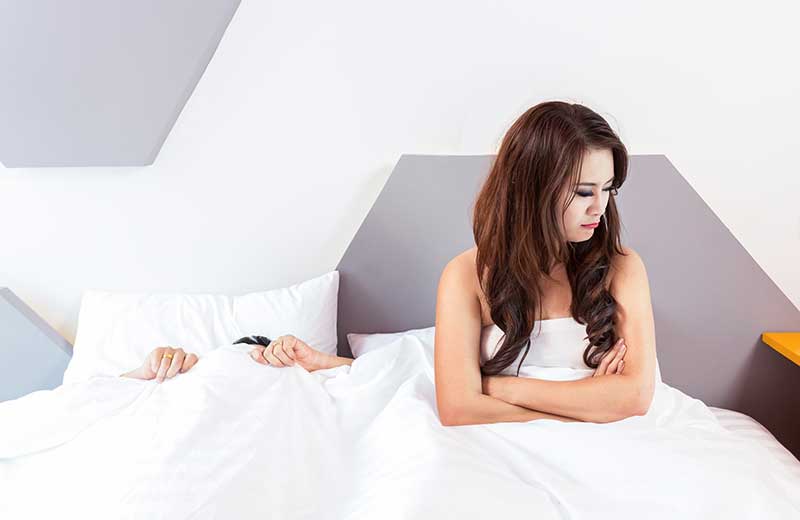Desire Discrepancy
Differences in sexual desire are one of the primary reasons that couples seek out a sex therapist. This problem is often characterized by a woman’s “low-libido” or lack of desire for sex. However, it is important to note that it is not always the woman who has the lower libido.
Anyone who has ever been in a long-term relationship can probably attest to this golden truth about sex: No matter how great it was at the start of a relationship, things usually slow down eventually. Oftentimes this happens in the form of desire discrepancy—one partner wants to do it, but the other doesn’t.
There are two models of sexual desire: spontaneous desire and responsive desire. Spontaneous desire means you’ll just spontaneously feel like having sex at random or in response to a stimulus (aka seeing a sexy person walk by), whereas responsive desire means you only feel like having sex once you’re starting to get into some sexy acts.
When two people in a relationship have different types of desire, it can produce desire discrepancy. It may feel like the issue is that one person wants sex more often than the other, when in reality it’s simply that one person has responsive desire while the other person has spontaneous desire. They both have sexual desire, but it just comes up in different ways.
There may be reasons why there is desire discrepancy such as:
- Relationship problems
- Stress
- Medications
- Trauma
- Relationship to our bodies
- Illness
- Hormonal
- Motherhood
- Sleep problems
- Aging

Desire discrepancy isn’t anyone’s fault. Investing in the wellness of yourself and your loved one(s) is essential to your happiness. Let us help you if differences in your libido persistently cause conflict in your relationship.
